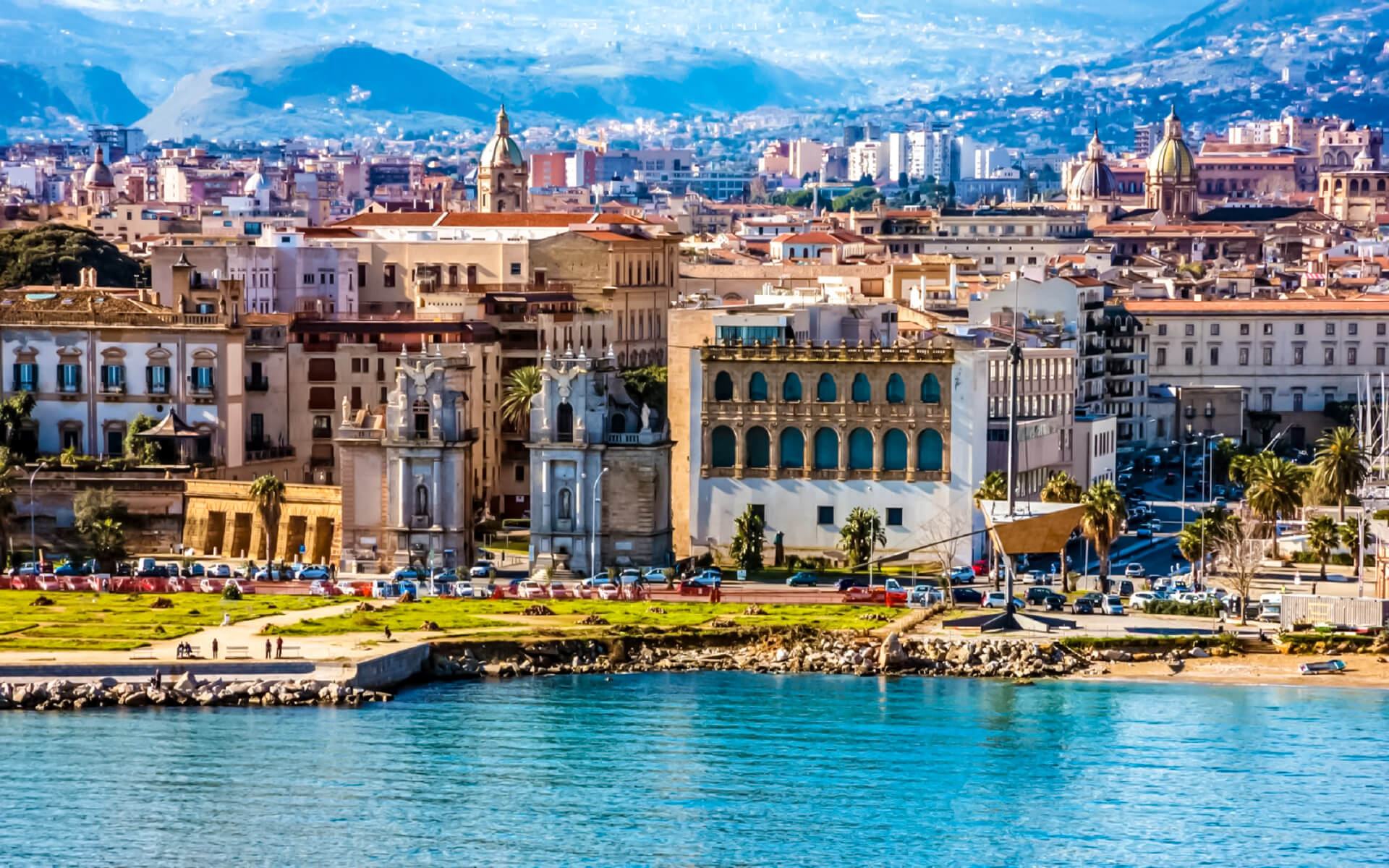[lwptoc]
Palermo is a Southern Italian city that serves as the capital of both the autonomous province of Sicily and the Metropolitan City of Palermo. The city is known for its history, culture, architecture, and cuisine, and has played a major role for most of its history; it is over 2,700 years old. Palermo is situated in the northwest corner of the island of Sicily, directly on the Tyrrhenian Sea’s Gulf of Palermo.
The Phoenicians built the city as Ziz (‘flower’) around 734 BC. Palermo then became a territory of Carthage before being a part of the Roman Republic, the Roman Empire, and, finally, the Byzantine Empire for almost a thousand years. The Greeks called the city Panormus, which means “full port.” When the city originally became a capital, it was under Arab administration from 831 until 1072 under the Emirate of Sicily. The Arabs changed the Greek name to Balarm, which is the origin of Palermo’s current name. Following the Norman reconquest, Palermo became the capital of a new country, the Kingdom of Sicily, as well as the capital of the Holy Roman Empire under Frederick II, Holy Roman Emperor, and Conrad IV of Germany, King of the Romans (from 1130 to 1816). Sicily would eventually be united with the Kingdom of Naples to establish the Kingdom of the Two Sicilies, which would last until the Italian unification in 1860.
Eurostat estimates the population of Palermo’s urban area to be 855,285, but its metropolitan region is the seventh most populous in Italy, with around 1.2 million inhabitants. The city has a population of roughly 676,000 people in the core region. Palermitani or, more poetically, panormiti are the locals. The Italian language, Sicilian language, and Palermitano dialect are spoken by its residents.
Palermo is the cultural, economic, and tourism center of Sicily. It is a city steeped in history, culture, art, music, and cuisine. Numerous visitors visit the city because of its pleasant Mediterranean climate, famous cuisine and restaurants, Romanesque, Gothic, and Baroque churches, palaces, and architecture, as well as its nightlife and music. Palermo is the principal industrial and economic hub of Sicily, with major industries like as tourism, services, trade, and agriculture. Palermo now features an international airport as well as a substantial subterranean economy. In reality, Palermo was one of the major cities in the Mediterranean for cultural, artistic, and commercial reasons, and it is today one of the top tourist attractions in both Italy and Europe. It is the primary location for the UNESCO World Heritage Site of Arab-Norman Palermo, as well as the Cathedral Churches of Cefalù and Monreale. The city is also undergoing thorough reconstruction in order to become one of the key cities in the Euro-Mediterranean region.
In Palermitano culture, Roman Catholicism is very significant. Palermo’s patron saint is Santa Rosalia, whose feast day is observed on July 15. Every year, a large number of people visit the region, which is well known for its vibrant fruit, vegetable, and seafood markets in the center of Palermo, known as Vucciria, Ballar, and Capo.


